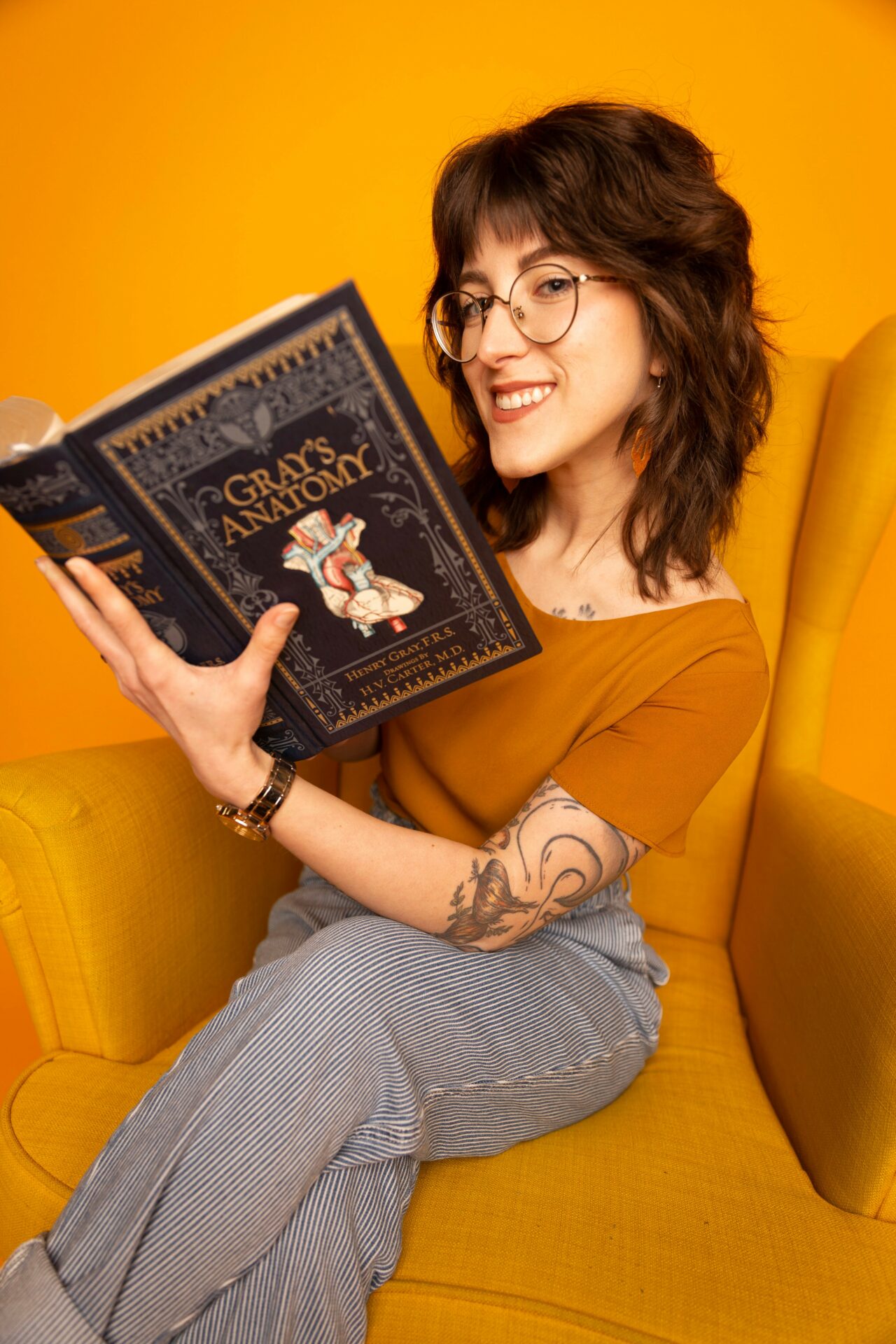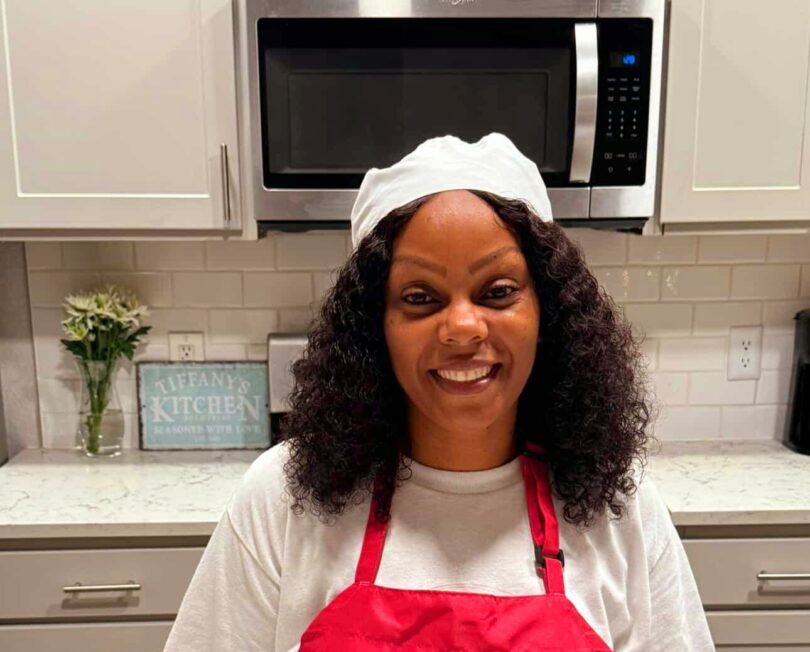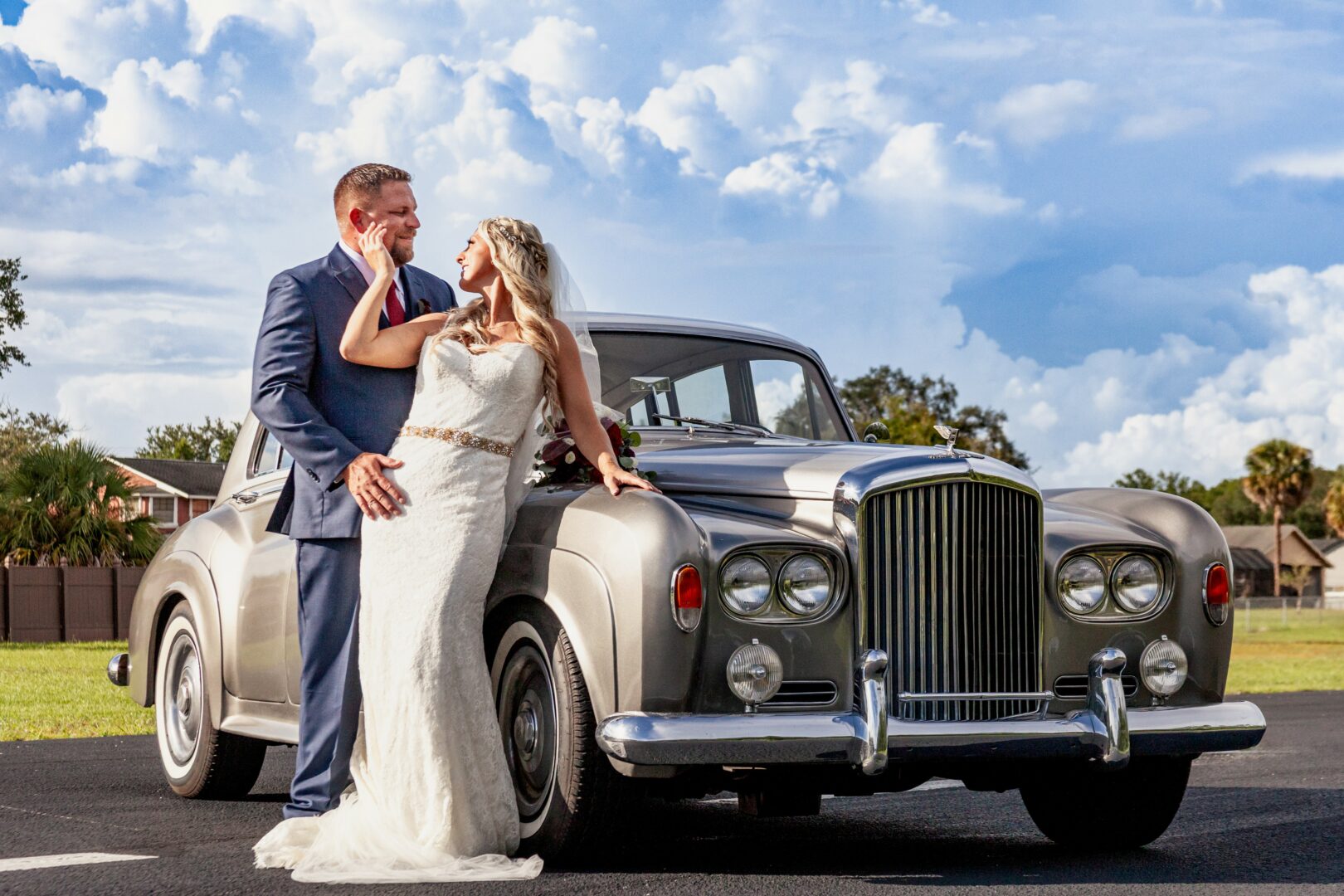We caught up with the brilliant and insightful Emily Hromi a few weeks ago and have shared our conversation below.
Emily, so great to have you with us today. There are so many topics we want to ask you about, but perhaps the one we can start with is burnout. How have you overcome or avoided burnout?
As a self-employed person, and especially as someone who mostly works from home, it can be really easy to fall into the trap of working constantly. I’m better about it now that I have a home office, but when I was first starting out my desk was three feet away from my bed, so it was a lot more difficult to maintain work-life balance and I got burned out pretty easily.
I’m definitely not perfect in this regard nowadays, but what helps me avoid burnout is keeping clear, strict boundaries between work and non-work, especially in my home. Like I mentioned before, I have a separate room for work, but it extends further than that, into actual behaviors. For instance, I have push notifications turned off on my phone for work emails, so that I’m specifically only checking those messages when I’m sitting at my desk. I keep a relatively consistent schedule so that my work hours don’t extend late into the evening, and my phone automatically sends client calls to voicemail during certain hours of the day.
Additionally, I’m fortunate to have such a huge variety of projects I’m working on at any given time, which helps me not get too bored or burned out doing the same type of thing over and over again.
Thanks, so before we move on maybe you can share a bit more about yourself?
I have been self-employed full-time for nearly four years. My business, Studio Hromi LLC, is a creative umbrella that encompasses everything that I do; the medical illustration division, Hromi Biomedical, comprises the majority of my work. I’d say about 80% of the projects that I’m working on at a given time fall into this category. I support a variety of healthcare-adjacent clients worldwide with illustrations and graphics to supplement their research or to help clarify complex scientific topics. It’s highly rewarding work, and I get to meet a lot of smart and interesting people and learn a lot in the process while I familiarize myself with their areas of expertise. My medical illustration work supports the other 20% of the work that I do, which usually includes some combination of personal projects, graphic design clients, illustration commissions, art collaborations, and pop-ups.
For the most part business tends to stay fairly steady and consistent, but I’ve noticed that each year I inadvertently find a “thing” to focus on trying for the first time — like at the end of 2021 I signed up for a bunch of holiday art markets and ended up getting back into vending regularly. In 2022 I focused on getting some of my physical products into local retail spaces, and found three stores that were willing to sell my stuff.
2023 is, seemingly, the year of the exhibition. This year, after living in Grand Rapids for nearly a decade, I’ll finally be participating in ArtPrize for the first time (for those of you who aren’t familiar, ArtPrize is a city-wide art competition and festival in GR that takes place for two weeks each fall). My entry, titled “Places I Have Lived,” is a series of eleven illustrations featuring every home I’ve ever lived in, and will be on display at Harmony Brewing Company. I completed the illustrations over the course of several months in 2021 and 2022, but some of them are getting a special refresh so they look extra crisp and exhibition-ready. In addition to ArtPrize I recently attended the Association of Medical Illustrators conference and had entered one of my recent client pieces into the Salon, the annual exhibition of medical art created and produced by AMI members. My Salon entry didn’t win anything, but entering something was an affirming experience in and of itself, to have my work displayed alongside so many accomplished and skillful artists in my industry. I don’t have any further exhibitions planned, but who knows — much like art markets and consignment sales, maybe exhibiting my work will become something I do semi-regularly.
You can learn more about my ArtPrize entry and the series “Places I Have Lived” at studiohromi.com/places, and see my medical illustration work at hromibiomedical.com.
Looking back, what do you think were the three qualities, skills, or areas of knowledge that were most impactful in your journey? What advice do you have for folks who are early in their journey in terms of how they can best develop or improve on these?
Three qualities, skills, or areas of knowledge that have been impactful in my career journey are: 1) The ability to accept critique; 2) Management experience; 3) Having a personal file organization system.
I have long said that the most valuable thing I learned in art school was the ability to accept critique. That’s not to devalue the actual techniques and software and technical skill that I learned, but to emphasize just how important it is to know how to properly accept feedback. I’ve worked in jobs before with bosses and coworkers who refused to hear that their ideas and creations weren’t absolutely perfect; it made it hard to get anything done, or everything had to be done on that person’s exact terms. I want everyone in any work environment to learn how to separate yourself from your work in order to constructively receive critique, because it ultimately makes collaborations so much smoother and the end product so much better.
Before I was self-employed, I worked in a planetarium for five years, first as a creative professional and later as a manager. My original goal straight out of college was to use my degree and get a job as a medical illustrator, and when that didn’t immediately pan out I instead accepted a creative job at the first place that was willing to hire me. For a long time I was sheepish about the fact that I took this career detour into a different and unintended industry, but now I’m grateful for the time I got to spend learning simply how to work in any creative/educational office environment. In my initial creative role there, I got to do a lot of really cool projects for the planetarium, and I remained a visual science communicator even though I was communicating astronomy instead of anatomy; later, in my management role, I gained confidence and insights into the innerworkings of bureaucracy, which have proved to be valuable in my current dealings with my clients. When I was a new graduate at 22, I would not have been able to start and sustain a business. At 27, after my “career detour” and experience in a leadership role, I was much better equipped. My advice on this topic is that “in-between” jobs are okay — if you aren’t doing exactly what you planned to do, it doesn’t mean you’re a failure, and you’ll likely gain important knowledge despite not feeling perfectly on track.
This last one is painfully practical and boring: come up with a file organization system. Keeping your files properly named and organized isn’t just for digital artists, although I think we digital artists have a lot of tips to offer. I won’t go into my entire cataloguing system, but I’ll say that once I started naming files by date rather than by continuing to add “final” to the end of the filename, it got a lot easier to keep track of what’s what. And if you want to get really organized, I highly recommend formatting your dates by yyyy-mm-dd so they’re alphabetized chronologically. It may seem tiresome to hear advice about file organization, but it truly elevates your sense of professionalism when the files you’re sharing between clients and/or fellow professionals are named something clear and sensible.
Okay, so before we go we always love to ask if you are looking for folks to partner or collaborate with?
I’m always accepting new clients and am open to collaborations in all the different areas of my work, but a non-medical illustration-related industry I really want to break into is designing album art and concert posters. I used to be heavily involved in the local music scene in Grand Rapids and I got to work on a couple of small projects for musicians and venues, but it’s something I would love to do again more regularly (for musicians in Grand Rapids and elsewhere).
Another type of project I would love to do again is create artwork for beer cans. I had one collaboration last year with Arvon Brewing Co. in Grand Rapids, and I had a lot of fun with it and would love to get in touch with other local breweries or even bigger breweries and distributors.
My work as a medical illustrator is often quite insular, so those illustrations end up being seen only by a small group or within a niche industry. It’s rewarding, but there’s a different type of joy that comes with getting to work on a project that is more freeform and broadly visible.
If you’re interested in working together, you can fill out the contact form at studiohromi.com/about.
Contact Info:
- Website: studiohromi.tumblr.com
- Instagram: @studiohromi
- Facebook: facebook.com/studiohromi
- Linkedin: linkedin.com/in/emilyhromi
- Twitter: @studiohromi
- Youtube: youtube.com/@studiohromi
- Other: Online shop: studiohromi.com/shop Tumblr: tumblr.com/studiohromi TikTok: @studiohromi
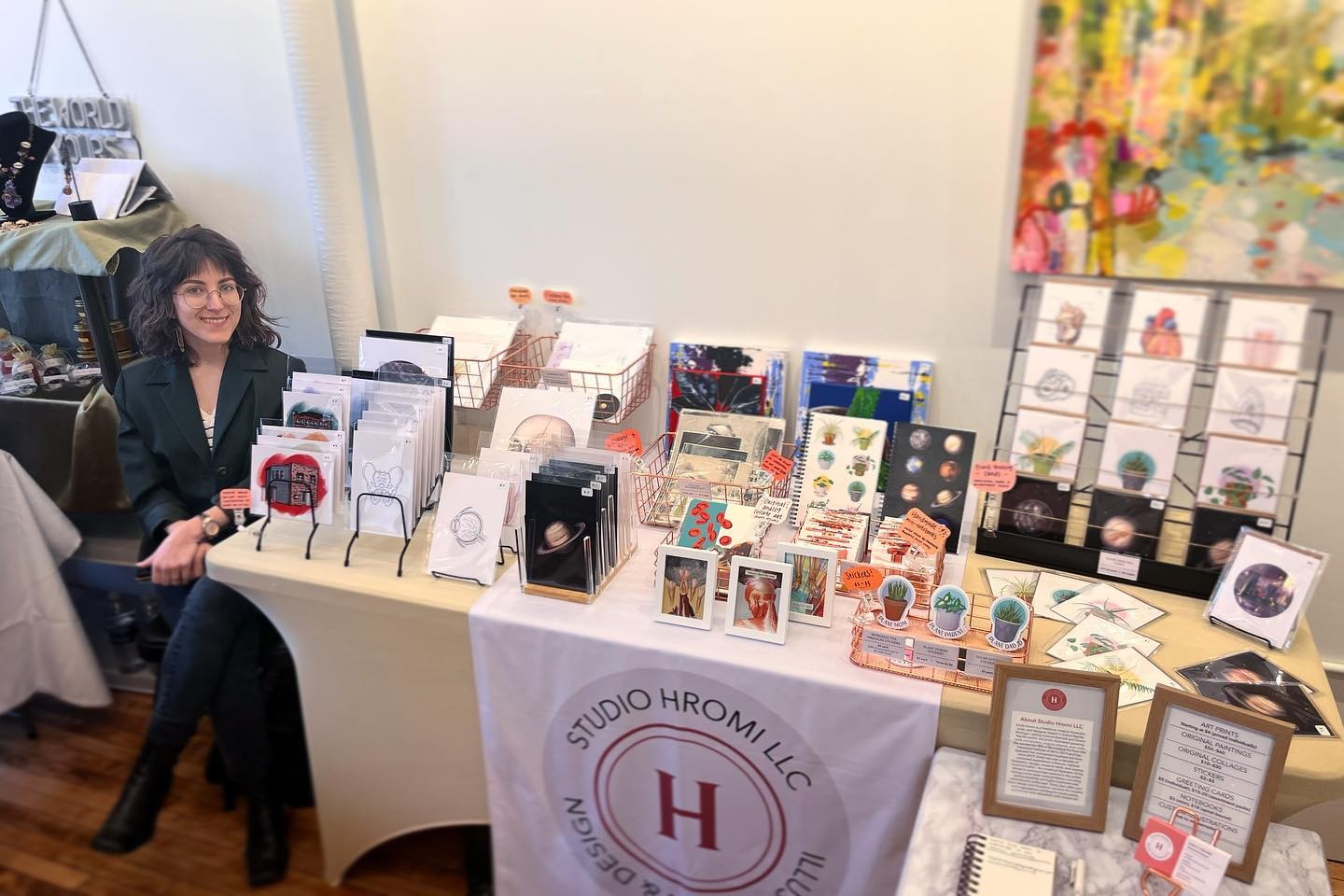

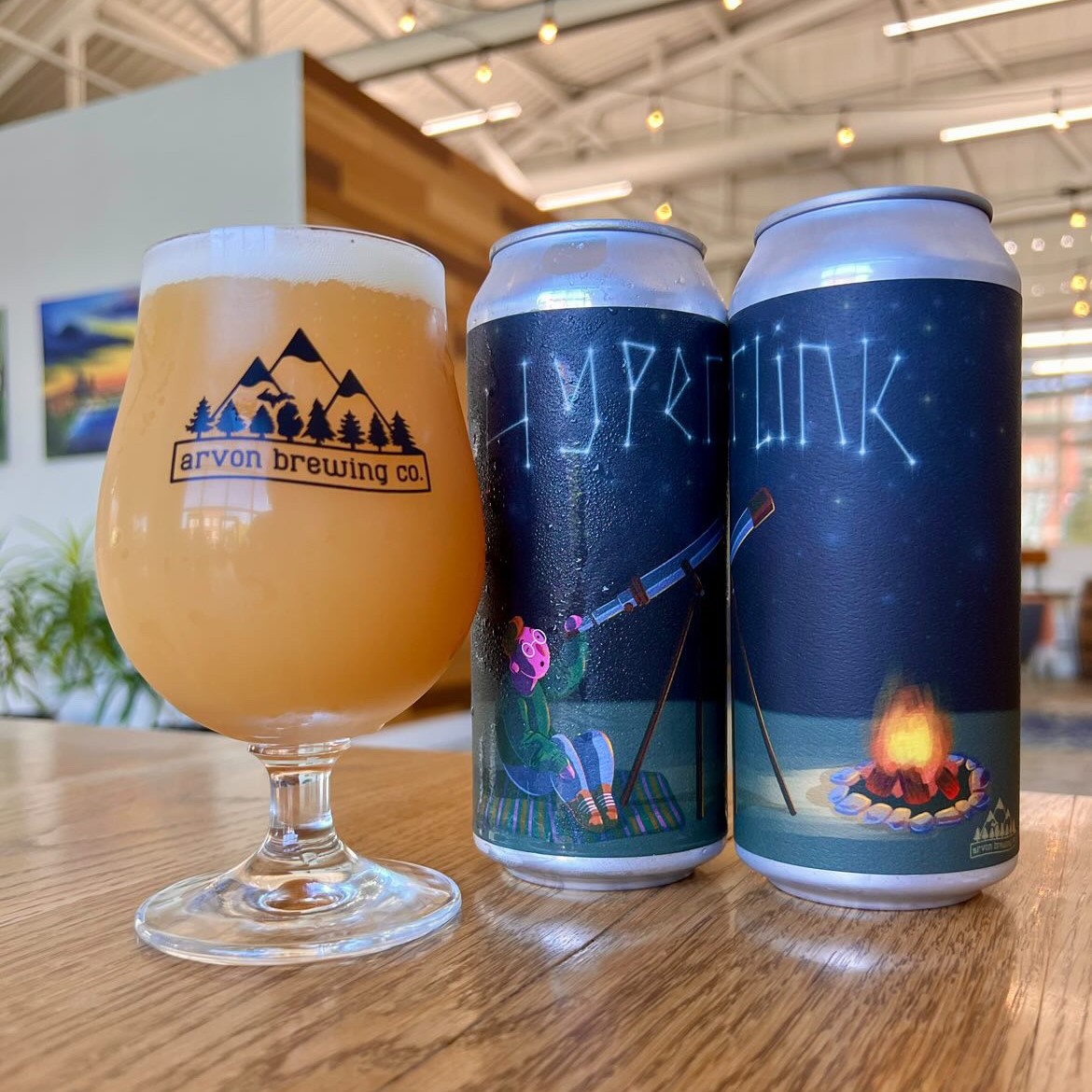

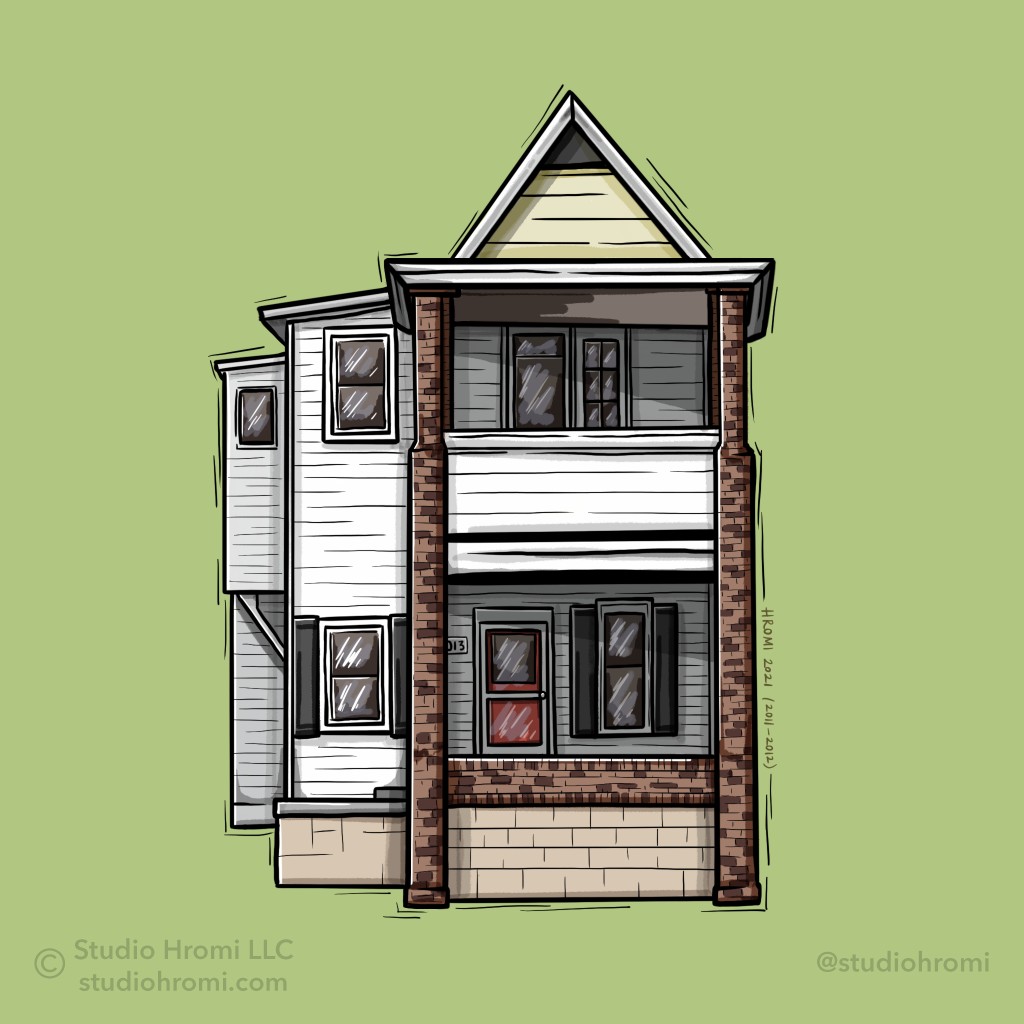
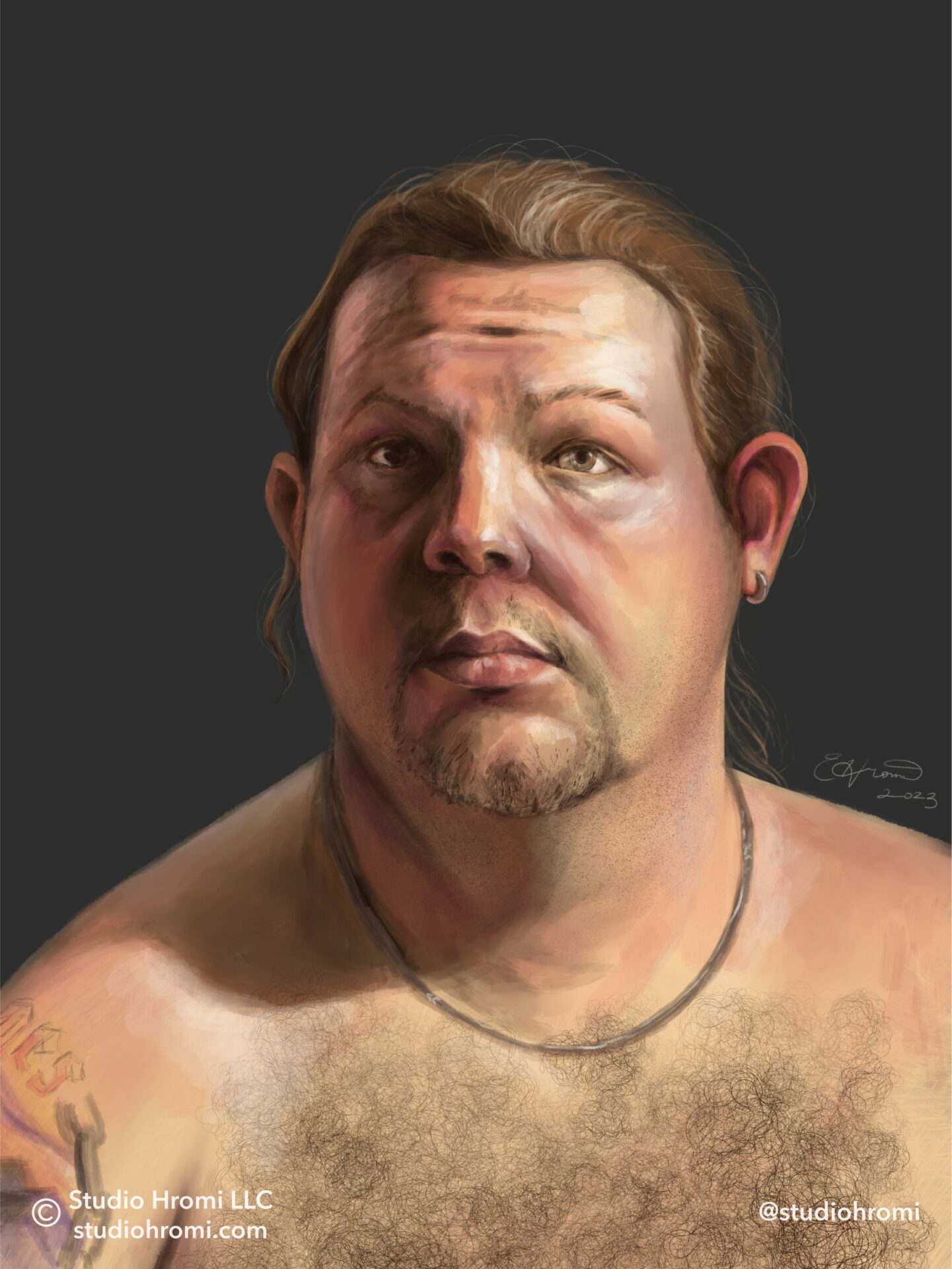
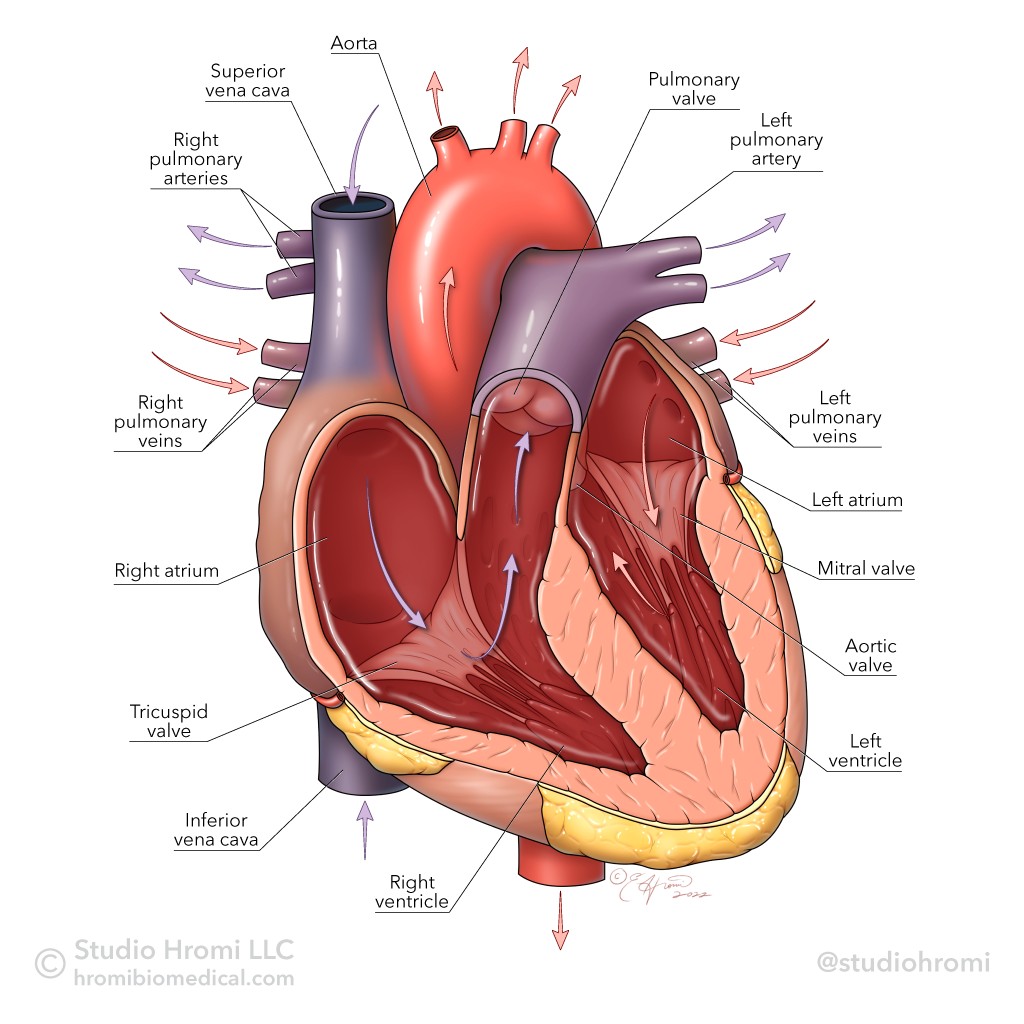
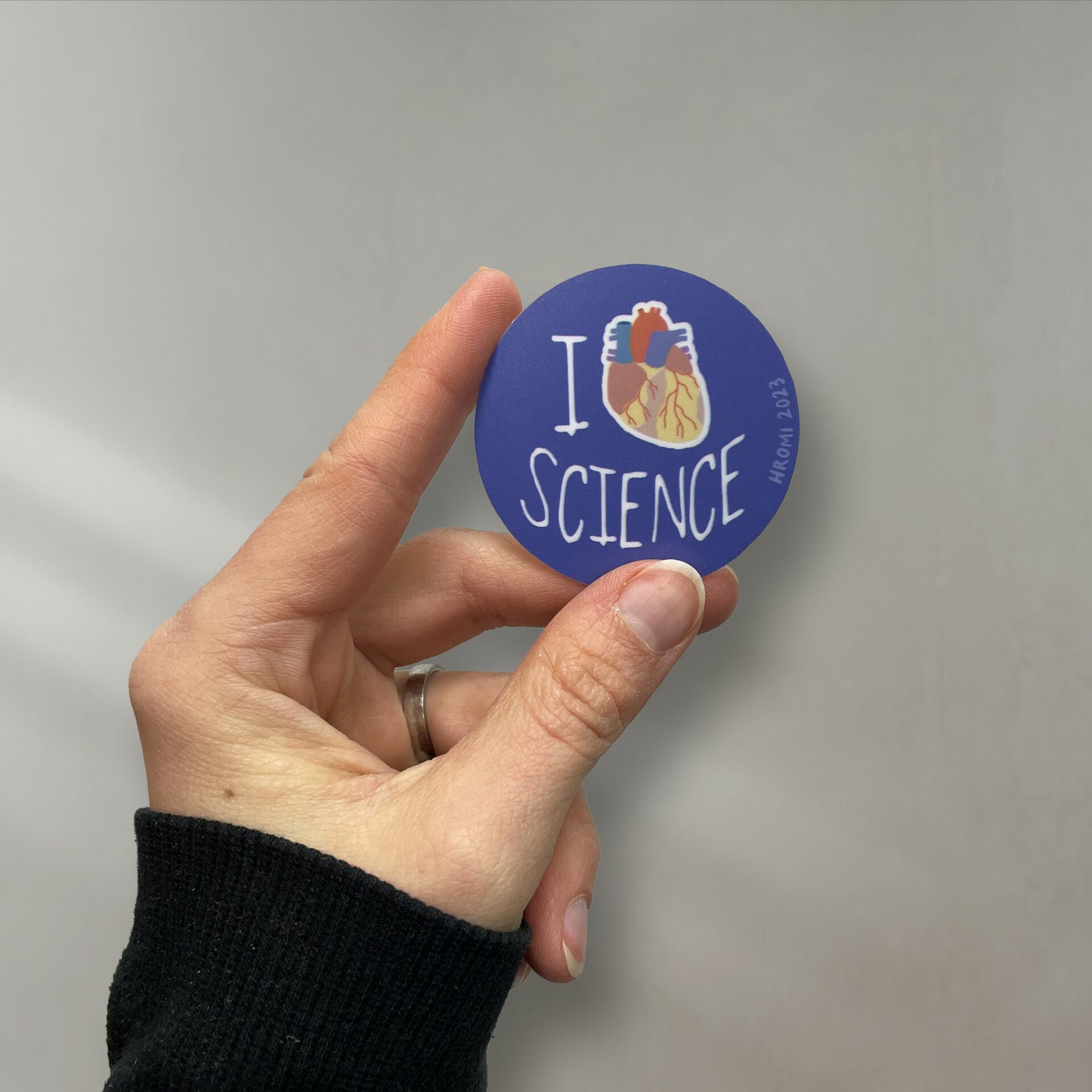
Image Credits
Rachel Britton Photo Arvon Brewing Co. ArtRat Gallery Studio Hromi LLC

